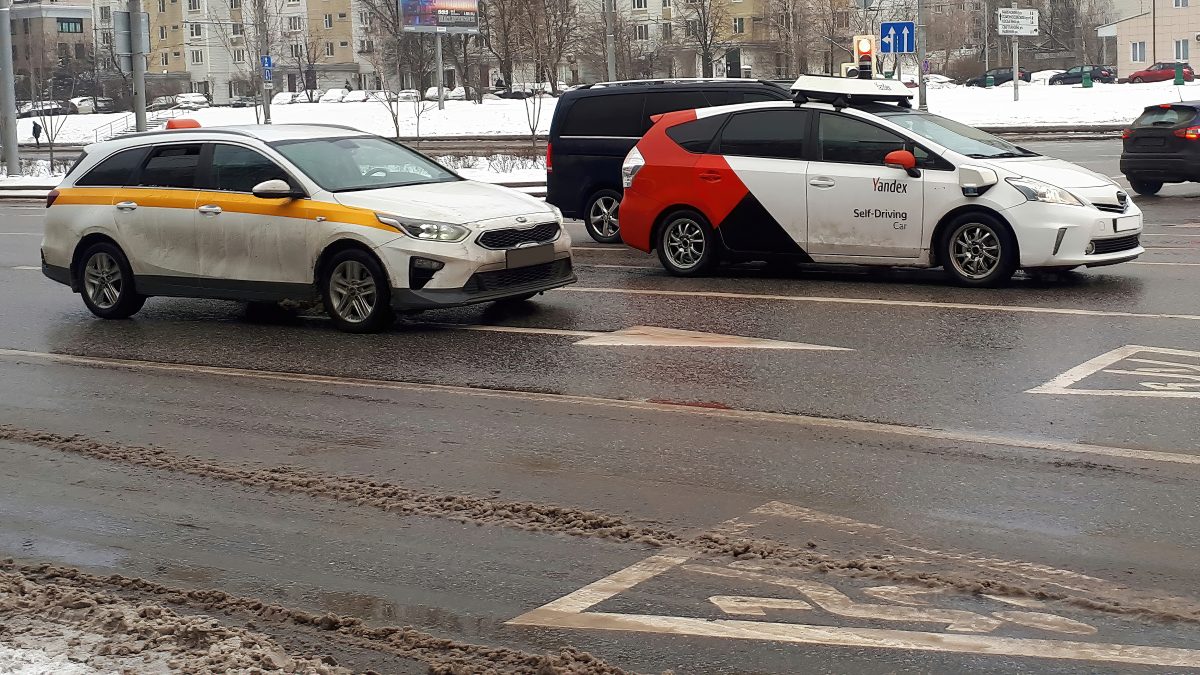Uber has just launched their first semi-autonomous self-driving cars in Pittsburgh. This giant leap forward in robotic technology is just one of the many changes impacting the workforce of the future. Uber has truly disrupted a traditional industry sector in just a short few years and, if we look closely, provides some learning’s that can be applied to career management and the case for people to self-drive their careers.
Uber is an online transportation business and since it’s launch in 2009, has spawned the rise of similar platforms such as AirBnb, Netflix and Apple TV. They have all displaced traditional business models and this has started a discussion over the general transition to peer to peer transactions across industries.
Let’s look at some of the similarities between Uber and how HR operates.
HR is now in the transportation business.
Uber is in the transportation business enabling people to get from A to B as efficiently as possible. The role of HR is similar in many ways; enabling people to see how they can transition from point A to point B within their Organisation. In today’s dynamic organisation, HR creates the map or a career framework to show employees where they sit in an organisation, what competencies they require to succeed and potential career journeys they could pursue.
But often HR, from our experience, is still caught up with many legacy systems unfit for purpose in the world of work today. Traditional HR systems and processes were created for a time when industries were consistent and stayed the course of time. Job descriptions were somewhat similar from one year to the next and career pathways were vertical and siloed within a specific function. Employees waited patiently for those above them to retire from their roles and saw this loyalty and service tenure rewarded eventually in time.
It’s all changed radically today. HR needs to respond to the growing career aspirations of a diverse workforce. Employees are no longer patient; they want to get from A to B and they want to find out how and what they need to get there. The key question for talented employees today is:
How will you help me get from A to B so I can grow my career?
If HR can’t show them how they are going to grow and develop within an organisation, they will hail the next ride to the next employer offering more opportunity. HR puts so much energy and resources into attracting and hiring people that little time is allocated to creating a map for future career growth once an employee arrives at their first destination – a powerful retention tool.
Uber understands this and offers an efficient system that works for the end user. At Uber, a customer can rate the driver. So too can employees rate their employer on Glassdoor. A low employer rating on Glassdoor will impact new talent joining, no matter what the recruitment advertising slogan says. Transparency has never been more available to employees. (Job candidates are also known to use LinkedIn to review and rate managers they could report into in the future.)
Supply and Demand for Self Driving
Uber also uses algorithms to increase prices to ‘surge’ price level sometimes up to 4 times normal pricing, rapidly responding to the changes in supply and demand. This ‘surge pricing’ is prevalent in hiring and retaining talent with the skills in demand today. It is important for employees to be aware of the future skills needs in their industry sector. A recent report on the future skills within the Biopharma industry in Ireland is a good example*.
Self-Driving Careers
Employees who are serious about self driving their career need to re assess regularly what skills they have to offer now and what will be in demand in the future. Waiting for your Manager to have a career conversation with you and tell you where to go is the traditional way. This is like waiting for a chauffeur to pick you up without any instructions on where you want to go! Managers today are simply too busy to worry about you and what you want from your career. Yes, they should have career conversations with you but in the majority they don’t. By waiting in the wings, you are leaving yourself open to a long delay in going from A to B.
Uber has shown us a new way to take more control, to become more autonomous, more self-driven.
Your responsibility as an employee is to create the route you want to take. The role of HR is to create the map and show you the options that may be open to you. HR may not be able to highlight all of the routes available so it is incumbent on every employee to research the best route for them to be at their best.
Uber teaches us the traditional and static systems are a thing of the past. Disruptive approaches are now becoming more common. Our message is for HR and employees to become disruptive in mapping out the future. We have been creating new career frameworks and visualising new futures for employees on our 24-7 anywhere, anytime access Gateway Career Portal for Organisations and their employees. We liken this approach to Uber creating new modes of transport for those interested in self driving their careers and for Organisations to attract and develop the best.


